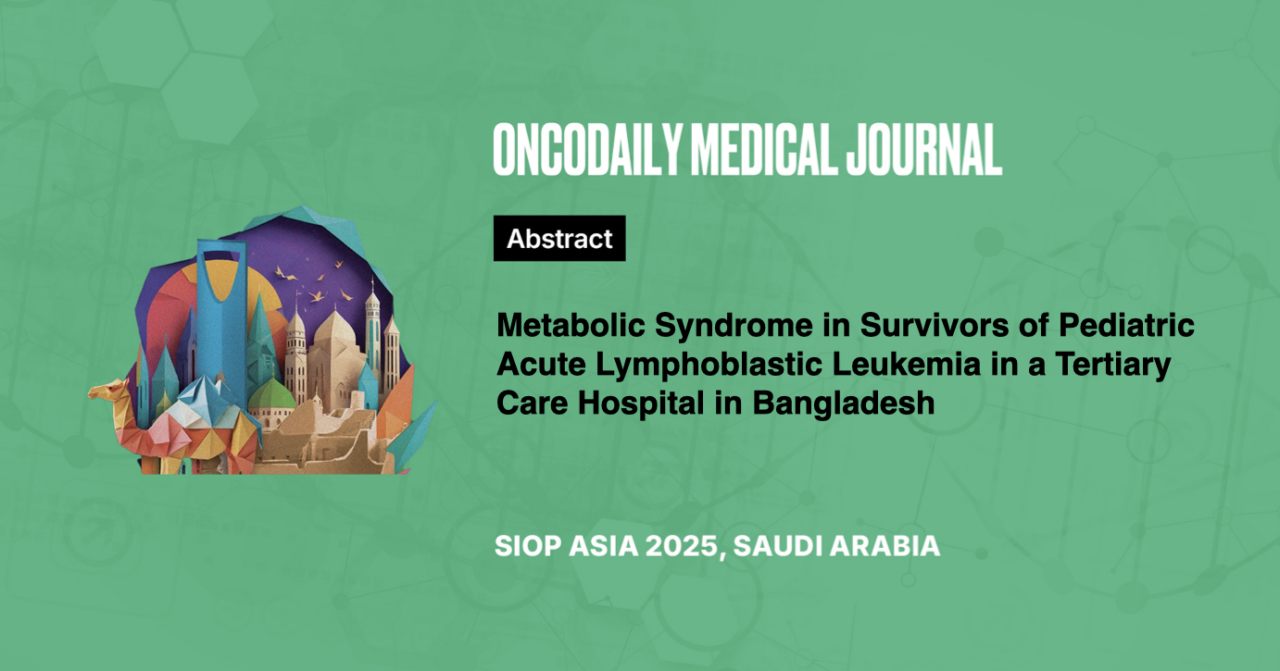Metabolic Syndrome in Survivors of Pediatric Acute Lymphoblastic Leukemia in a Tertiary Care Hospital in Bangladesh
Abstract
Introduction: Acute Lymphoblastic Leukemia (ALL) is indeed the most common childhood malignancy, and advancements in multi-modality therapies and supportive care have significantly improved survival rates. However, survivors are at a lifelong risk for treatment-related complications, which can impact their quality of life. This study aimed to evaluate the prevalence and contributing factors of metabolic syndrome in survivors of pediatric acute lymphoblastic leukemia.
Methodology: This cross-sectional study was conducted in the Department of Pediatric Hematology & Oncology at Bangabandhu Sheikh Mujib Medical University (BSMMU), Bangladesh from January 2023 to December 2023. Forty-eight children who were survivors of acute lymphoblastic leukemia (ALL) were included in the study purposely. A detailed history, physical examination, and relevant laboratory investigations were performed to diagnose metabolic syndrome. Statistical analysis was conducted using the SPSS version 23.0 software.
Results: The prevalence of metabolic syndrome (MS) among participants was 20.8%. Logistic regression analysis showed a strong association between central obesity and MS (p<0.001). Individuals who were overweight or obese were about 5.7 times more likely to develop MS (p=0.017). Elevated blood pressure significantly increased the likelihood of MS by 12.75 times (p=0.001). Furthermore, low HDL cholesterol, elevated triglyceride levels, and elevated fasting glucose levels were significantly associated with a higher risk of MS (p<0.05).
Conclusion: One in five pediatric survivors of acute lymphoblastic leukemia may develop metabolic syndrome. Clinical indicators include central obesity, obesity, overweight, and elevated blood pressure, with central obesity posing the highest risk for developing metabolic syndrome.





